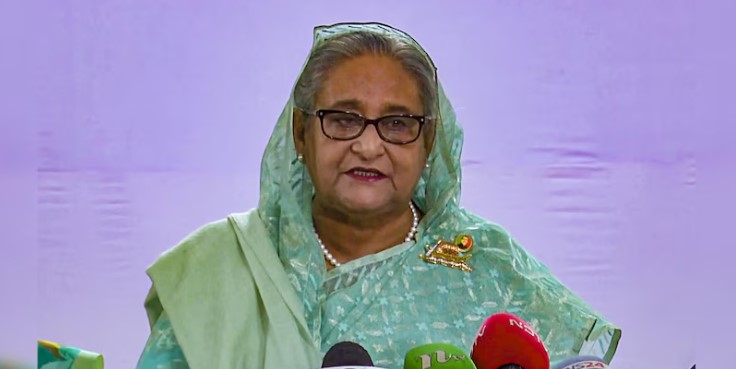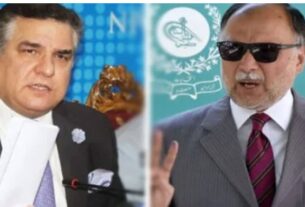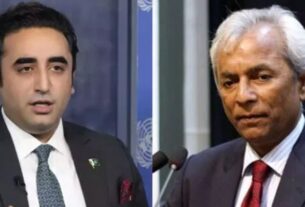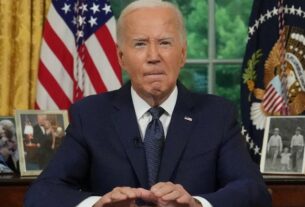1.Bangladesh
The younger protesters in Bangladesh are demanding the resignation of the prime minister. Just a month ago, such sentiments on the streets would have seemed unimaginable. Prime Minister Hasina has been in power since 2009, ruling the South Asian nation of 170 million with an iron fist. Currently, she is facing a critical deadlock. Fears of escalating violence loom as hundreds of thousands of protesters gather, with thousands of young demonstrators preparing to converge on the capital.
1. Sheikh Hasina
Will the younger protesters succeed in unseating Sheikh Hasina? Emotions are running high as protesters call for the prime minister’s resignation. She has labeled the demonstrators as terrorists. The protest leaders have rejected Ms. Hasina’s offer to discuss their demands, refusing to sit down with her. Her determination to resist any compromise is clear, raising concerns about the potential for further violence. Sheikh Hasina, the daughter of the nation’s first president, holds the record as the longest-serving female head of state. Throughout her 15 years in power, her administration has often accused major opposition parties of inciting unrest, while she denies allegations of forced disappearances, extrajudicial killings, and the suppression of dissent.
2. Awami League party
In recent weeks, Ms. Hasina and her party, the Awami League, have blamed their political opponents for the nation’s instability. The opposition has even threatened to boycott the 2024 elections unless a neutral, temporary government oversees the voting process. However, Ms. Hasina is now facing challenges beyond just her political adversaries. The student-led protest movement has garnered support from various groups, including Islamists and opposition members.
3. 300 people killed
The protests have intensified as awareness grows that nearly 300 people have lost their lives in recent weeks, many due to police gunfire.
Also Read: Bangladesh court rolls back govt jobs quotas after violent protests




